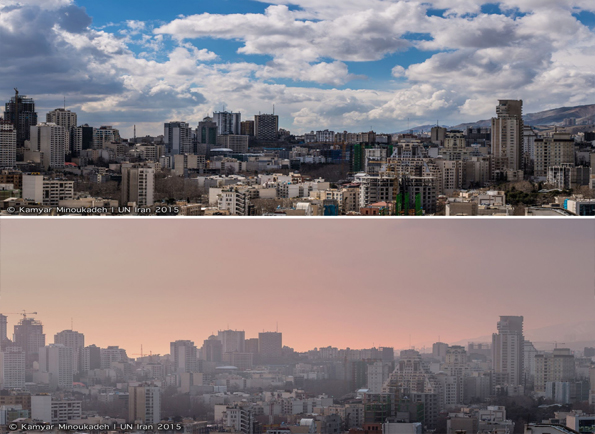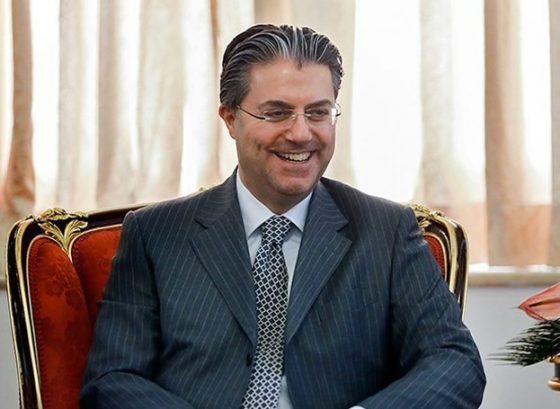“Iran ready to cooperate with regional countries to tackle sand and dust storms”: Iran Vice President at COP22

“Sand and Dust Storms (SDS) are a regional issue which require regional and global collaboration to tackle. Iran is ready to cooperate with regional countries to overcome environmental challenges – including the SDS, AVA Diplomatic reports.
This is the view of Iran’s Vice-President and the Head of Department of Environment, Dr. Masoumeh Ebtekar. She was speaking at the UNDP and UN Environment side-event taking place at the 22nd Session of the Conference of the Parties (COP22) of the UN Framework Convention on Climate Change in Marrakech.
The aim of the side-event was to both raise awareness and serve as a call to action for West Asian countries to find a way to tackle this transboundary human development challenge.
Other speakers at the event included UNDP Administrator, Ms. Helen Clark, Head of UN Environment, Mr. Erik Solheim and the UN Resident Coordinator and UNDP Resident Representative, Mr. Gary Lewis.
In the past decade SDS have become major threats to the economy, health and the environment in many countries across a geographical swathe starting in northwest Africa and ending at Japan. The problem of dust particles being swept up by increasingly unpredictable wind patterns is both man-made and, increasingly affected by climate change.
The challenge is especially acute in the Middle East with Iran – featuring prominently at the event – being among the most affected countries. In Iran the problem is especially acute in its western reaches.
But, there are solutions to overcome this environmental challenge and that is what this side-event heavily focused on. This was the key focus of Helen Clark’s statement. She called for increased co-operation at the global and regional levels in four areas:
- Development of early warning systems, and the sharing of the climate and weather information which can be used to forecast sand and dust storms,
- Promotion of measures that mitigate the worst adverse health effects of sand and dust storms where and when they happen,
- Scoping of effective preventive measures, and
- Research
“The United Nations development system can serve as a platform for such cooperation” she added. “UNDP itself has a global presence and commits to working closely with other agencies which can provide specialized inputs,” Ms. Clark observed.
Also focusing on solutions, Mr. Solheim noted that the world had overcome the problems of the hole in the ozone layer and acid rain. He said: “We have solved major environment issues in the past and we need to do the same for SDS. This can be done through cooperation at different levels.”
Speaking at the event Mr. Lewis said: “Combatting sand and dust storms is integral to the success of the 2030 Agenda for Sustainable Development. Regional problems calls for regional solutions and the UN stands ready to assist Iran and neighboring countries to overcome this environmental challenge.”
The need for collaborative action among countries in the Middle East was stressed by all speakers and the opportunity afforded by the UN to serve as a platform for such engagement was also recognized.


